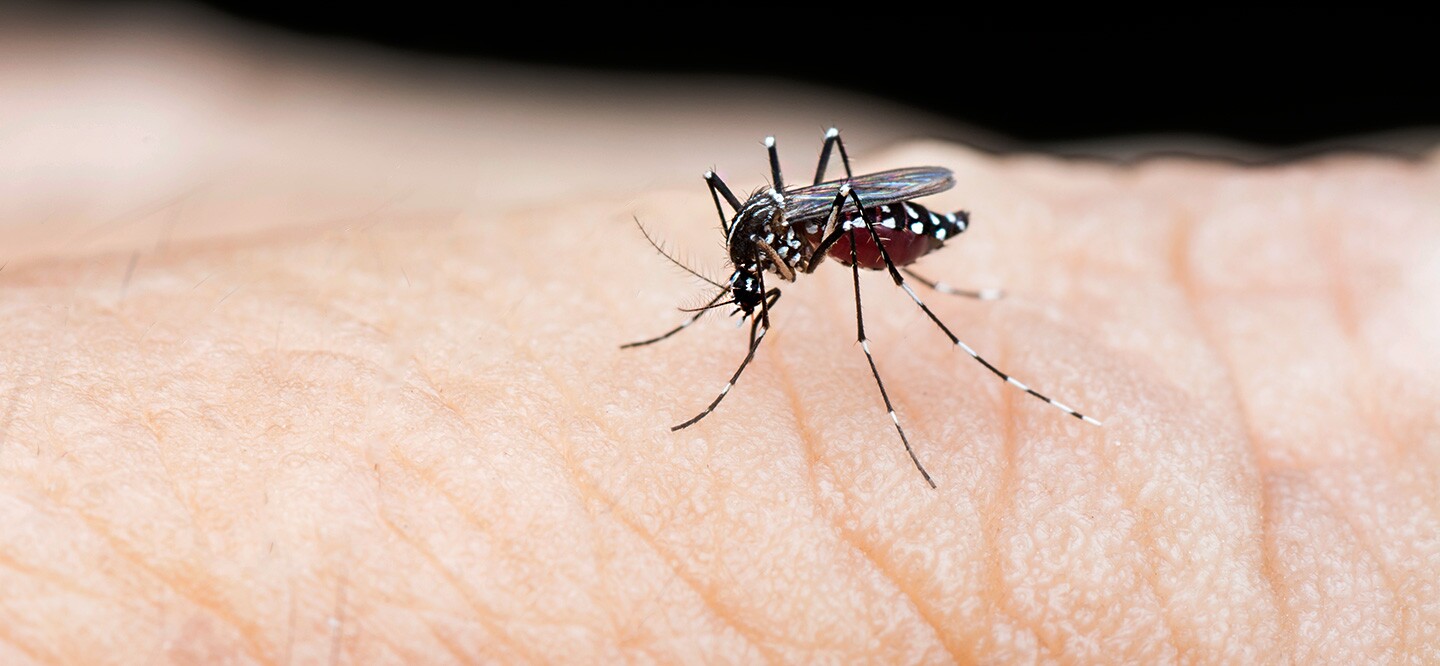
Dengue is a mosquito-borne viral disease. It has rapidly spread all over the world. It is caused by a virus of the Flaviviridae family and there are four distinct, but closely related, serotypes of the virus that cause dengue (DENV-1, DENV-2, DENV-3, and DENV-4). Whenever we hear the name dengue and the first question that rises in our mind is where does it come from? Here we are going to discuss the outbreak, transmission, and safety measures of the disease.
Outbreak Of Dengue
The disease is now endemic in more than 100 countries like Africa, and Eastern Mediterranean, South-East Asia, and the Western Pacific. America and South-East Asia are the most affected by dengue. The ~70% of the total burden of the disease is just from Asia. Before the 1970s, only 9 countries had reported severe dengue epidemics.
The risk of outbreak and spread of the disease is more in Europe but the outbreak has already exploded. France and Croatia reported their first ever local transmission in 2010. The imported cases were detected in 3 other European countries. In the year 2012, the Maderia islands of Portugal resulted in over 2000 cases and imported cases were detected in mainland Portugal and 10 other countries in Europe.
In 2019, Afganisthan recorded dengue transmission for the first time, and dengue was reported in the largest number all around the world. 3.1 million cases were reported alone in the American region with 25,000 classed as severe.
In 2020, dengue was reported several countries, with reports of increases in the numbers of cases in Bangladesh, Brazil, Cook Islands, Ecuador, India, Indonesia, Maldives, Mauritania, Mayotte (Fr), Nepal, Singapore, Sri Lanka, Sudan, Thailand, Timor-Leste, and Yemen. Dengue continues to affect Brazil, India, Vietnam, the Philippines, the Cook Islands, Colombia, Fiji, Kenya, Paraguay, Peru, and, the Reunion islands, in 2021.
With the record outbreak in 2022, the countries like India, Nepal, and Pakistan are facing severe outbreaks of dengue
Transmission Of Dengue
Dengue is transmitted to humans through mosquito bites. When an infected female mosquito ( Ades aegypti ) bites a human, the human becomes infected. Other species like the Aedes genus also have a contribution to transmission.

After feeding on a DENV-infected person, the virus replicates in the mosquito midgut, before it disseminates to secondary tissues, including the salivary glands. The time it takes from ingesting the virus to actual transmission to a new host is termed the extrinsic incubation period (EIP). The EIP takes about 8-12 days when the ambient temperature is between 25-28°C. Variations in the extrinsic incubation period are not only influenced by ambient temperature; a number of factors such as the magnitude of daily temperature fluctuations, virus genotype, and initial viral concentration can also alter the time it takes for a mosquito to transmit the virus. Once infectious, the mosquito is capable of transmitting the virus for the rest of its life.
The transmission is also seen through infected blood transmission and infected organ transmission. The transmission to the baby through an infected mother has also been recorded but they are in very few amounts.
Symptoms Of Dengue
The most common symptoms of dengue are listed below:
- Severe headache
- Pain behind the eyes
- Muscle and joint pains
- Nausea
- Vomiting
- Swollen glands
- Rash.
The severe symptoms of dengue are
- Severe abdominal pain
- Persistent vomiting
- Rapid breathing
- Bleeding gums or nose
- Fatigue
- Restlessness
- Liver enlargement
- Blood in vomit or stool.
Treatment
There is no specific treatment for dengue fever. Patients should rest, stay hydrated and seek medical advice.
Supportive care such as fever reducers and pain killers can be taken to control the symptoms of muscle aches and pains, and fever.
- The best options to treat these symptoms are acetaminophen or paracetamol.
- NSAIDs (non-steroidal anti-inflammatory drugs), such as ibuprofen and aspirin should be avoided. These anti-inflammatory drugs act by thinning the blood, and in a disease with a risk of hemorrhage, blood thinners may exacerbate the prognosis.
Safety Measures
The safety measures for dengue are:
- Preventing mosquitoes from accessing egg-laying habitats by environmental management and modification.
- Disposing of solid waste properly and removing artificial man-made habitats that can hold water.
- Covering, emptying and cleaning domestic water storage containers on a weekly basis.
- Applying appropriate insecticides to water storage outdoor containers.
- Using personal household protection measures, such as window screens, repellents, coils, and vaporizers. These measures must be observed during the day both inside and outside of the home because the primary mosquito vectors bite throughout the day.
- Wearing clothing that minimizes skin exposure to mosquitoes is advised.
The above information is taken from the source WHO (World Health Organization).
Also, read Facts About Blue Eyes